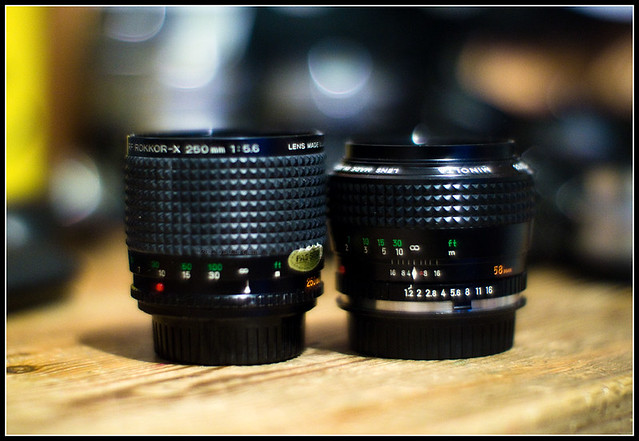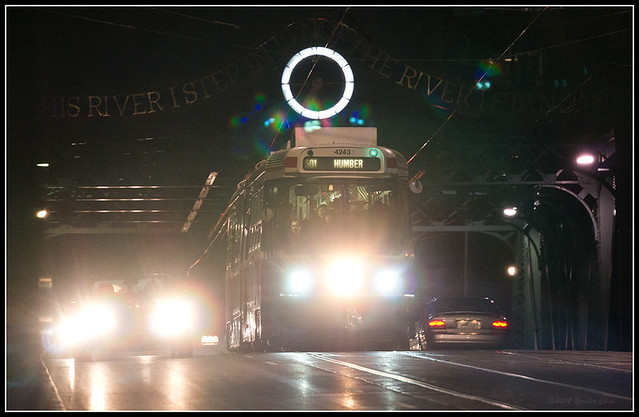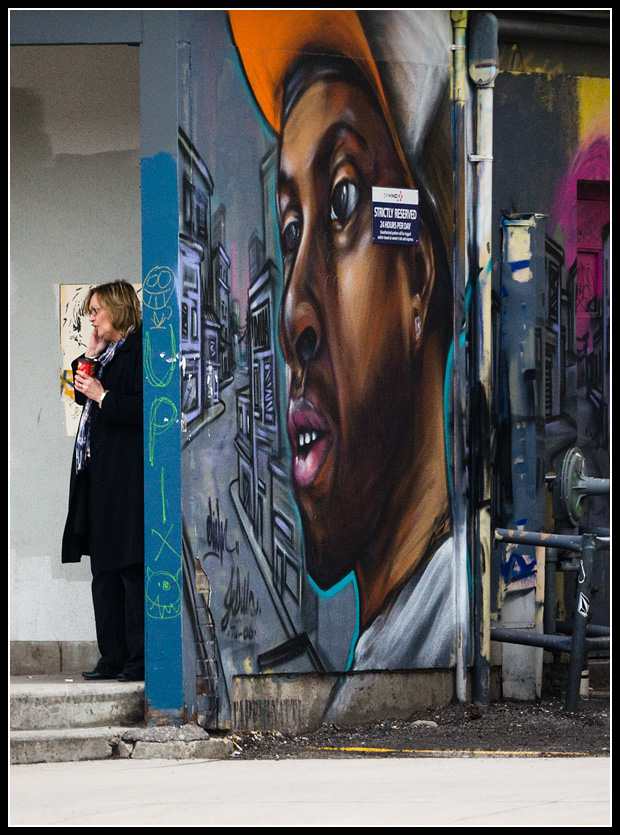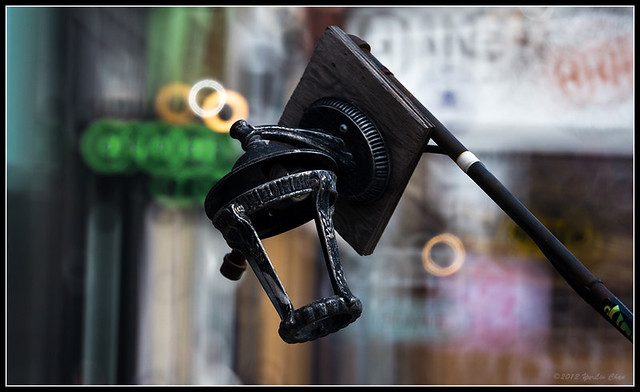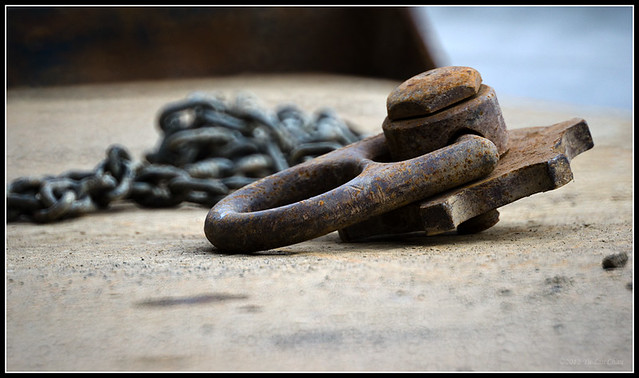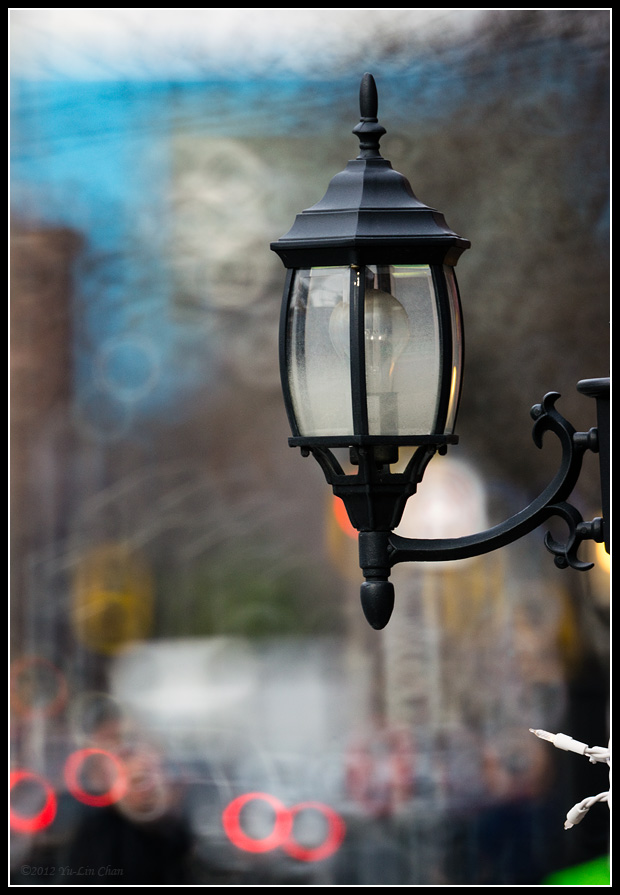The Build
Other than some brassing on the edges of the top plate, the camera is physically in very good shape. I bring a camera with me to work each day, or whenever I go out, without fail, and the camera is either the Sony A7, Olympus E-M5, or very rarely the Canon 20D Infrared camera, and a few times the Nikon D810. I would say 99% of the time, the A7 was in my bag. That means the camera is in my backpack (not a camera bag), enduring the sometimes rough biking trips, and it has held up extremely well. The camera has worked flawlessly without fail so far.
The Annoyances
1. the proximity sensor that switches between LCD screen and EVF is far too sensitive. One fix for this, devised by Matt, is to cut a thin piece of black electrical tape and put in the middle of the IR LEDs window on top of the viewfinder. This works well most of the time, but sometimes the sensitivity goes a bit wonky, probably because the tape moved, so at the end, I just removed it and reverted it back to its virgin state.
2. Sensor dust. Compared to the Olympus E-M5, or the Nikon D810, the Sony sensor-shake dust reduction system, like the Canon version, isn't as effective. It's a royal pain to clean. Luckily, most of the pictures I shoot are wide open and this is not a big deal, but when a slow lens is used, say f5.6 or slower, the pictures will have many dust specks.
3. Image Magnify button. In early NEX cameras, the magnify button is the OK button, which is within the reach of the thumb when the camera is held. Pressing it after the image is taken instantly magnifies the image. But in the A7, the &#$%@# magnify button has its dedicated button, located next to the EVF. To press this button, I have hold the camera with my left hand loosen the grip of the right hand to press it. As far as I know, this function could not be re-programmed. Still drive me crazy after 16 months.
4. I miss the fully articulated swivel LCD screen on the Panasonic G1, Canon T2i, and even the original 3.2 MP Canon G1 that I used. This is especially useful for vertical shots when not using the EVF. A minor annoyance.
Storage and Computer Issues
As the resolution of the cameras increased, so is the storage and computing requirements. It's true that storage is cheap, but after losing 250GB of pictures, I now store my pictures with at least two copies on magnetic hard drive, plus one copy on BluRay disc, which triples the storage requirement. At the moment, I have roughly 18TB of hard drive storage, and it's almost near capacity, and I am way behind on BluRay backup. The computer I am using is a 7-year old Dell XPS Studio with an Intel Core i7-920, and 18GB of RAM. Adequate at the moment, though painful when processing D810 images. I can't even begin to fathom what it would be like if I ever get the 42MP A7R II.
Other Thoughts
I thought the lack of an external charger would be an big issue for me, but it turns out not so, for the kind of shooting I do. I hardly spend more than 45 minutes per shooting session, since 90% of my shooting is done during my lunch time, or on my way to or from work. I do not need an extra battery (although I do have one). Once charged, it's good for at least a couple of days. I actually find it convenient to be able to charge the battery in-camera, because more than a few occasions, I found the battery almost depleted, but was able to charge it at work through the computer before heading out.
The lossy RAW format that Sony employs ticked off more than a few people. It bothers me a little, but not to the point where I find it a show stopper. In most cases, this does not affect the image quality, at least not something clearly visible. I don't see why Sony would not allow the user an option to use compressed or losslessly compressed RAW.
What I like most about this camera is that it's a very balanced camera. Obviously, it's not an action camera. Focus speed, especially focus tracking, leaves much to be desired, but you would be buying a wrong camera if the majority of your shoot is action based. A DSLR is a better tool in that case. The small size with a full frame sensor and very short flange distance, coupled with excellent image quality, is a dream tool for legacy lens addicts like me. I thank Sony for making an affordable camera like this, that no one cared to make. It's by far the best camera I have used for my shooting style. I look forward to the A7R II.
Anchor - Sony A7 & Minolta RF 250mm f5.6 Mirror Lens



























